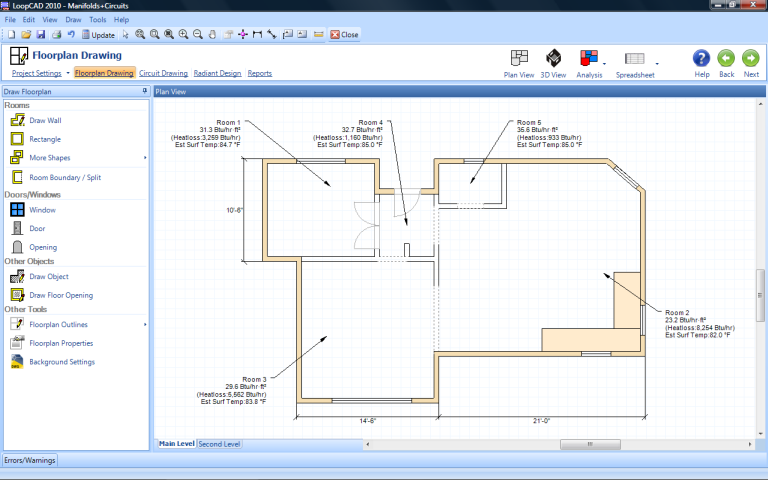
For the SIS approach there are solutions to differential equations in finite functions (the Bernoulli equation), yet it follows exponential growth at the beginning of outbreak only if the number of infected people does not tend to zero after the peak of the disease.

The total share of infected people is a small proportion of the population, so S ≫ I + R, hence there is no sense to include immunity in the model (and thus SIR would not work properly). The number of infected people at the end of the outbreak can ensure the slow speed of the increase in the total number of infected. defining the epidemic as a time period when the number of confirmed cases increases exponentially, and defining the starting date of the epidemic at a date when a certain artificially chosen threshold (“zero”) level has been overcome, which in many cases is set at the first 100 infected people. According to empirical observations, modeling attempts are based on a set of assumptions, e.g. On the contrary, the parameters of infection distribution are assumed constant, which implies that diseases are left to spread on their own. they do not take into account active administrative restrictions to prevent the spread of the epidemic. ( 2007).Ĭlassical parametric models cannot be used to describe the COVID-19 pandemic, as they have serious drawbacks, e.g. A good overview of non-parametric models is presented in Choisy et al. Epidemics are common in diseases such as flu, measles, rubella, and chickenpox.

Since an epidemic is relatively fast, the model does not include birth and death dynamics. When a SIR outbreak happens over a relatively short time (less than 1 year), then this outbreak is called an epidemic. The third type of model takes into account the natural birth and mortality rates in the population, so this type is focused on long-term modeling of epidemics. The second approach, SIS (susceptible-infected-susceptible), does not take into account immunity, so that S + I = 100%. SIR is used for diseases where the infection provides permanent immunity. The acronym SIR stands for a proportion of susceptible (or healthy) “S” people in the population, the proportion of infected “I”, and the percentage of recovered or dead “R” who are supposed to be immune, so that S + I + R = 100%. However, the available approaches to model these aspects of epidemics do not appear to be plausible solutions to the current situation.Īmong the classical epidemiological models, there are three main types of deterministic (parametric) models for infectious diseases that spread as a result of contact with a person in a population, which are well discussed in Hethcote ( 1989). The pandemic became a trigger which activated the need to predict the dynamics of infections and their impact on social and economic processes and conditions.
#Loopcad load vs peak how to
One of the characterizing features of the outbreak is the difficulty in forecasting its size, and how to link the pandemic to containment measures. In 2020, the world faced an unprecedented challenge in the form of a new coronavirus outbreak. Yet the model might also be useful as a basis for researching the impacts of other socio-economic and medical actions for containing pandemics.

#Loopcad load vs peak verification
Despite this, the model needs future development and verification because the pandemic is not over, and the accumulation of empirical information continues. The proposed model describes the empirical results and can be used for timely and contemporary predictions of the stages of pandemics.

We give a detailed description of the model and a comparison of the results with trajectories of the outbreaks in the countries under consideration. To build the model, a large database for different countries with a wide range of economic and social institutions was collected. The contribution of the paper is a dynamic model of COVID-19 outbreaks, on the basis of which we investigated the possible impact of the socio-economic behavior and restrictions on its waves. The most important question now is whether authorities can prevent subsequent waves. The only available high-frequency data now are the number of people who have contracted the illness, and the restrictive measures that authorities have implemented to contain the outbreak. The epidemiological situation is evolving on a daily basis, and the methodology of how to evaluate the impact of the pandemic and the severity of its consequences is lacking. The COVID-19 pandemic had an enormous social and economic impact on societies in 2020.


 0 kommentar(er)
0 kommentar(er)
